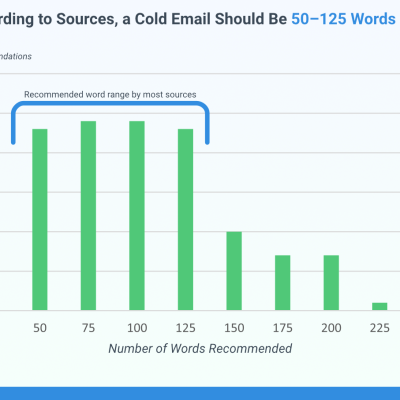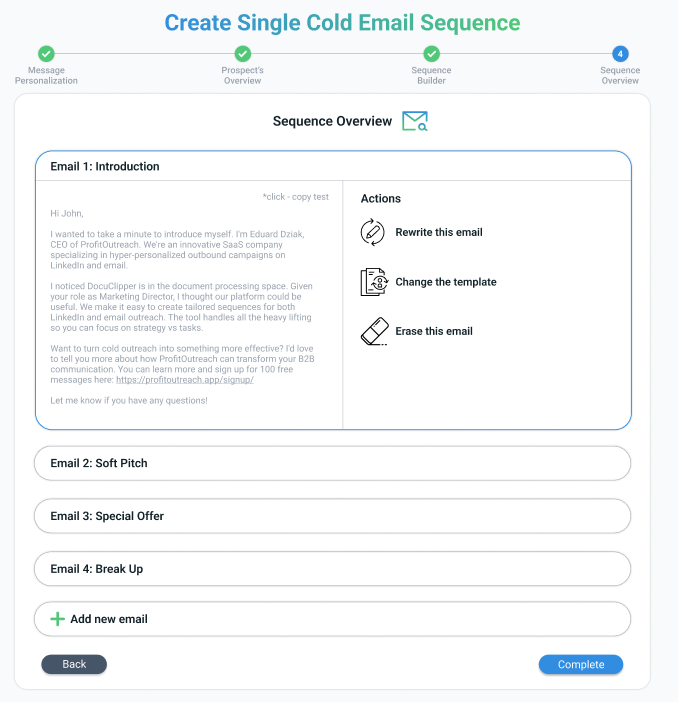When crafting a cold email, aim for a concise and engaging message. According to our research from 50+ export sources, the ideal cold email length falls within the 50-125 word range, with many experts recommending this as the sweet spot.
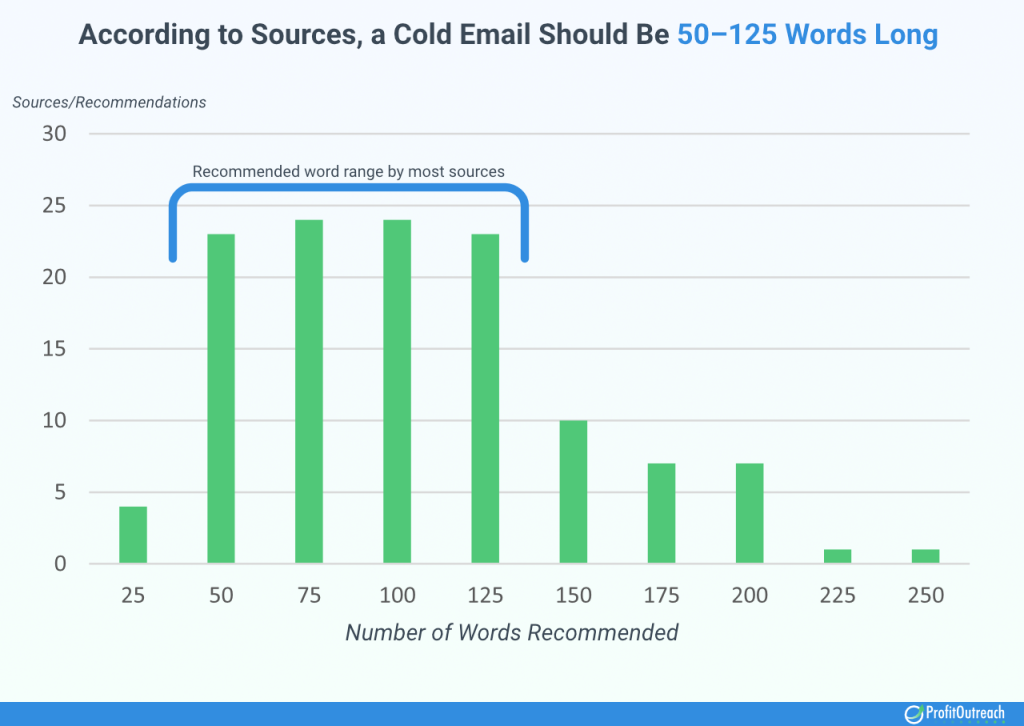
This length allows you to convey your message effectively without overwhelming the reader.
Some sources suggest going up to 200 words, especially if you need more detail to make your point.
However, keeping it shorter generally improves readability and cold email response rates.
If you’re unsure, starting with a brief, 75-100-word email is a good approach, as it strikes a balance between being informative and concise.
Remember, the goal is to spark interest and prompt further communication, so prioritize clarity and brevity in your emails.
Why Cold Email Length Matters
When it comes to cold emailing, the length of your message can make all the difference.
In an age where attention spans are shorter than ever and inboxes are overflowing with tons of emails, crafting a concise yet compelling cold email is the only way to stand out.
But the challenge lies in delivering enough information to spark interest without overwhelming your prospects.
In this section, we’ll explore why the length of your cold email matters, supported by data, psychological insights, and best practices.
Let’s dive into the reasons why keeping it short and sweet is often the best approach.
Open Rates
Cold emails that are concise and to the point tend to perform better. Research shows that cold emails with a length of 50-125 words receive reply rates of around 50%.
This indicates that keeping your message short and focused can significantly increase your chances of getting a response. For more details, you can refer to the study here.
Attention Span and Information Overload
One of the biggest challenges we marketers struggle with is to catch the prospect’s attention.
The average human attention span is only 8 seconds, which is surprisingly less than the 9-second attention span of a goldfish.
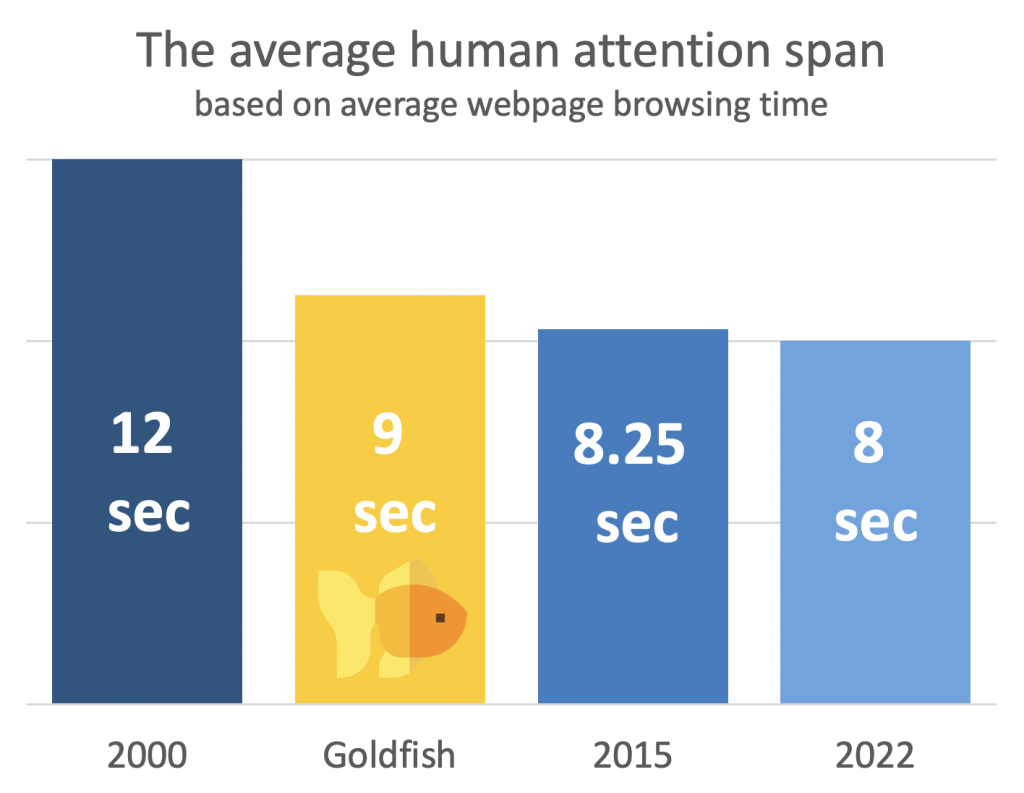
This means you have a very limited window. In fact, research shows that you only have less than 2 seconds to grab the prospect’s attention.
Overloading your message with too much information can lead to confusion and decision fatigue, making it harder for recipients to process and respond to your email.
Or be like: ”I read it later.“ Which we both know, is never.
For a deeper understanding, check out these insights here and here.
Cognitive Load Theory
Our working memory has a limited capacity for processing information. When this capacity is exceeded, our ability to learn and recall information diminishes. (Hold this information)
In the context of cold emails, providing too much information can overwhelm the recipient, reducing the likelihood of a positive response.
Keeping your email concise helps avoid cognitive overload and ensures your key message is easily understood and reacted to.
Skimming vs. Reading
Most people don’t read online content word-for-word; they skim. (This is known since like 1997.)
In fact, around 80% of people will skim your content, looking for key points and highlights.
This behavior is even more pronounced with emails, especially since 50-60% of email opens occur on mobile devices.
Given the smaller screen size, longer emails are more likely to be skimmed quickly, making it crucial to keep your message brief and impactful.
You can explore more about these behaviors here.
With that being said, the length of your cold emails can significantly impact their effectiveness.
By keeping them short and to the point, you increase the likelihood of capturing attention, reducing cognitive load, and encouraging engagement.
Remember, less is often more when it comes to cold emailing. You can always A/B test short and long versions of your cold emails.
Key Elements to Include in a Cold Email
So now that you understand how long your cold email should be, let’s also discuss the key elements that make up a cold email:
- Subject Line: According to research, 33% of people open emails solely based on the subject line. I believe it’s definitely more. The subject line is the tiny headline you see after the sender’s name. It’s very important and where most of your effort should go, so optimize it!
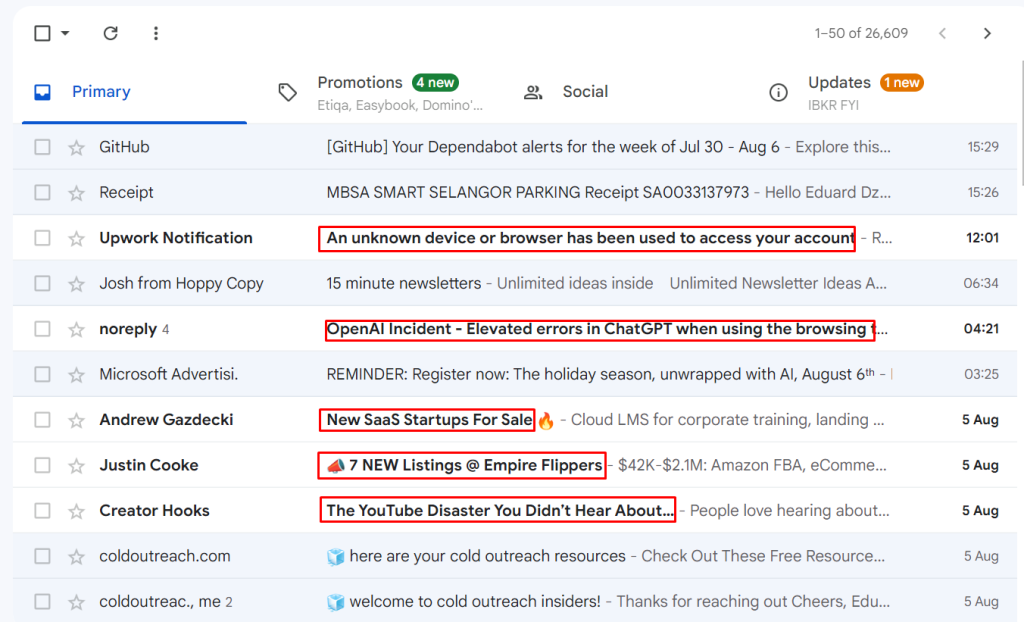
- Pre-header: This comes right after the subject line and is often the first few words in the cold email. Some cold email providers allow you to specify this pre-header separately. Since it’s visible even before the email is opened, it plays a crucial role in grabbing attention.

- Opening Line: These are the crucial first two sentences of your cold email, and they should contain the most important or high-value content to capture your reader’s attention. Remember, the goal isn’t necessarily to make them read the entire email but to get them to take action.
- Main Content: This is when you explain in more detail what you offer to your prospects. It’s where you explain your offer, value proposition, or any information relevant to the reader. Keep it engaging and informative without overwhelming the reader.
- Call to Action (CTA): The cold email CTA is arguably the most important part of your cold email. It tells what you want your prospect to do. Thus, it should be clear, concise, and direct, guiding the reader on what to do next. Whether it’s scheduling a call, signing up for a demo, or replying to the email, make sure the CTA stands out.
- Closing & Signature: Lastly, you want to include important information about who you are and your website URL (without a link) so the prospect can go to learn more about your product or service.
Best Practices for Writing Concise Cold Emails
Creating an effective cold email isn’t just about keeping it short—it’s about making every word count.
Here are some best practices to help you craft concise, impactful emails:
- High-Value Content at the Start of a Cold Email: Since users are less likely now to look beyond it. (It almost goes without saying that “high-value” is judged based on what’s valuable to the recipients — not on what you feel like promoting today.) Source
- Clarity and Brevity: Each sentence should serve a purpose, and every word should have meaning, so you can communicate your message effectively, in the shortest possible way. Remember the goal is to quickly capture the recipient’s attention.
- Stay Clear and To the Point: Studies have found that mobile users are typically rushed when using their mobile devices. Your cold email should be ruthlessly focused on the minimum information needed to communicate your top point.
- Personalization: Personalization is key to keeping your email engaging without adding length. Use the recipient’s name, reference any connections your offer has with your prospect company, and focus on their needs and pain points. This makes the email feel more relevant and less like a mass message.
- Formatting: Good formatting enhances readability. Use bullet points, short paragraphs, and ample whitespace to make your email easy to skim. This approach helps recipients quickly grasp the key points without feeling overwhelmed by a wall of text.
These are just some best practices for shortening your cold emails while delivering a maximum load of value-explosive emails.
Of course, “value” is perceived differently by each of us, and not every one of your prospects will find your cold emails valuable or interesting.
However, as long as the majority of your prospects do, it’s an awesome job!
Conclusion
When it comes to cold email length, experts recommend sticking to around 100 words, give or take.
However, like any good advice, even this one comes with the classic “it depends.”
Some cold emails might be longer and still perform exceptionally well, while others might be much shorter and also be highly effective.
Ultimately, it depends on the cold email you’re sending and the minimum viable information that needs to be included for the prospect to take action.
Why ProfitOutreach for Your Cold Email Outreach?
ProfitOutreach is the best cold email personalization engine!
It collects all personal information from prospect’s LinkedIn profile such as their name, job title, company name, and all the usual stuff, plus their recent posts, as well as their LinkedIn company profile information such as their industry, company size, description, and recent posts.
Then it combines with your own personal information such as name, job title, company name, company description, and your offer.
And it takes all this information and crafts hyper-personalized cold email sequences specifically tailored to your prospects to purchase your solution.
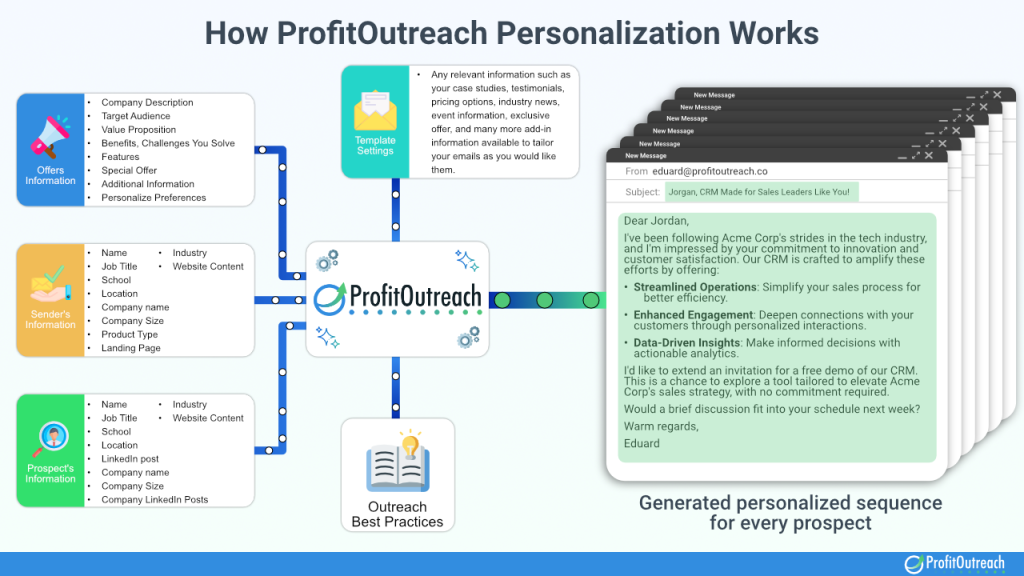
Every email is unique, regardless of whether you’re crafting cold email sequences with 10 cold emails for 1,000s of prospects!
Sign up and try it now, it’s your SDR’s next superpower!
Related Articles:
- How to Create a Cold Email Sequence That Converts
- Ultimate SaaS Cold Email Strategy to Grow Your MRR
Related Cold Email Templates:
- Partnership Cold Email Template Guide: Examples, Best Practices, and Tips
- Follow-Up Cold Email Template Guide: Examples, Best Practices, and Tips
- Pain Points Cold Email Template Guide: Examples, Best Practices, and Tips
